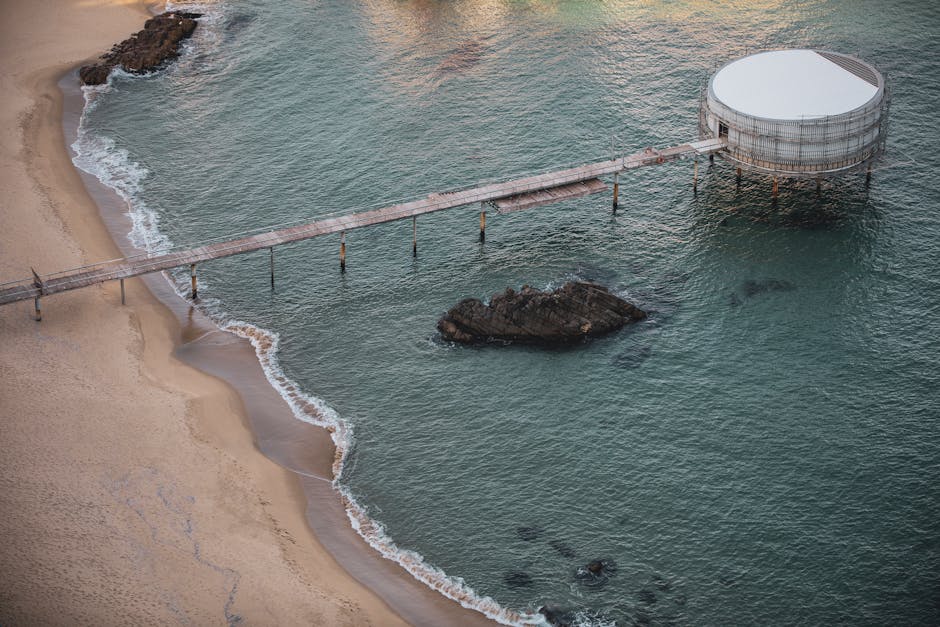
Can I Install a Marine Fuel Tank Myself?
Embark on a DIY journey with marine fuel tanks. Discover the ins and outs of installing them to set sail confidently.
Assessment
Before tackling the installation of marine fuel tanks, it’s crucial to assess your boat’s layout and the existing fuel system. Determine the tank’s size and shape that will fit best within the available space. Confirm that the tank meets safety standards and complies with regulations to avoid any issues in the future.
Additionally, assess the access points to the tank for future maintenance and repairs. Understanding the intricacies of your boat’s fuel setup during this initial phase will streamline the installation process and prevent potential complications down the line.
By conducting a thorough assessment, you lay a solid foundation for a successful marine fuel tank installation, ensuring a reliable and efficient fuel system for your vessel’s journeys.
Preparation
Proper preparation is key to a smooth marine fuel tank installation. Begin by gathering all the necessary tools and equipment, including sealing materials, hose clamps, and potentially a fuel gauge. Ensure you have adequate ventilation in the work area to prevent exposure to harmful fumes.
Next, empty the existing fuel tank and dispose of any remaining fuel safely. Thoroughly clean the installation area and remove any debris or obstructions that could hinder the process. Finally, familiarize yourself with the installation instructions provided with the new tank to understand the steps involved.
By preparing meticulously, you set the stage for a successful marine fuel tank installation, reducing the risk of errors and ensuring a secure and reliable fuel system for your marine adventures.
Installation
The installation of a marine fuel tank requires precision and attention to detail. Begin by positioning the tank in the designated space, ensuring it is securely anchored and properly aligned to facilitate fuel flow. Connect the fuel lines carefully, double-checking for any leaks or loose fittings.
Secure the tank in place using appropriate mounting hardware and ensure all connections are tightened to prevent fuel leaks. Test the system thoroughly before relying on it for propulsion to guarantee its functionality and safety. Following the installation guidelines diligently will help ensure a secure and efficient fuel tank setup.
By approaching the installation process methodically and attentively, you can install a marine fuel tank successfully, empowering you to navigate the waters with confidence and peace of mind knowing your fuel system is in optimal condition.
Safety Measures
Safety should be a top priority when installing a marine fuel tank. Always work in a well-ventilated area and avoid smoking or creating sparks near fuel sources. Use protective gear, such as gloves and goggles, to minimize the risk of injury during the installation process.
Additionally, have a fire extinguisher nearby as a precautionary measure. Take the time to familiarize yourself with the boat’s fuel system layout and shut off valves in case of emergencies. Prioritize safety protocols to safeguard yourself and your vessel throughout the installation.
By adhering to strict safety measures and guidelines, you can mitigate potential risks associated with marine fuel tank installation, ensuring a secure environment and a successful outcome for your boating endeavors.
Ready to take charge of your boat’s fuel system? Dive deeper into the world of marine fuel tanks.
